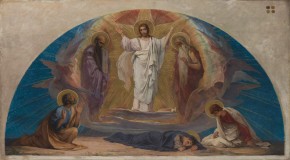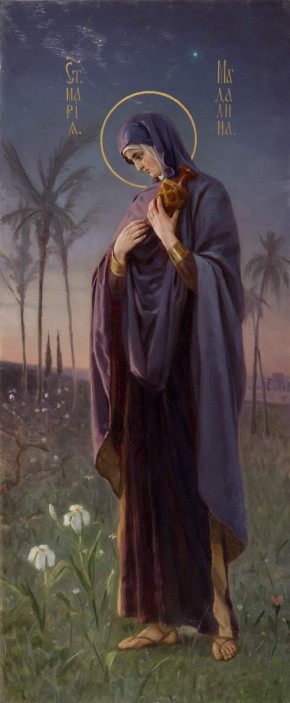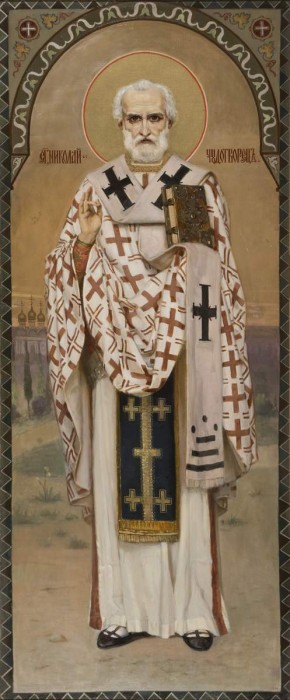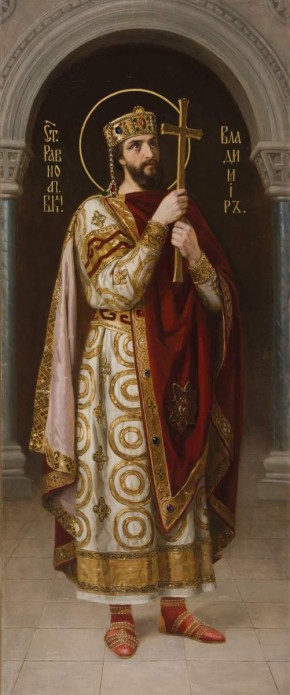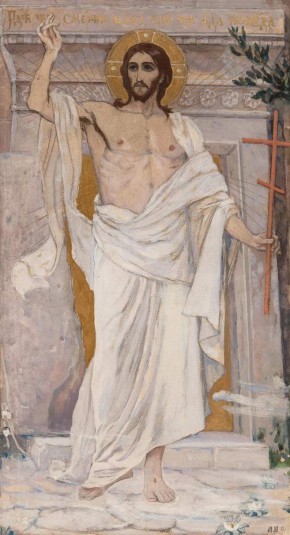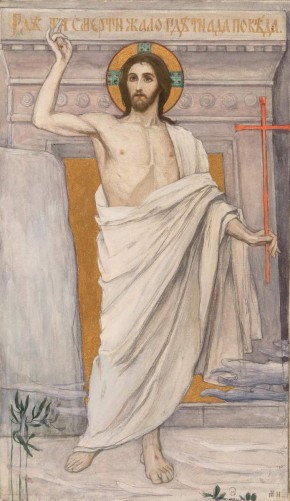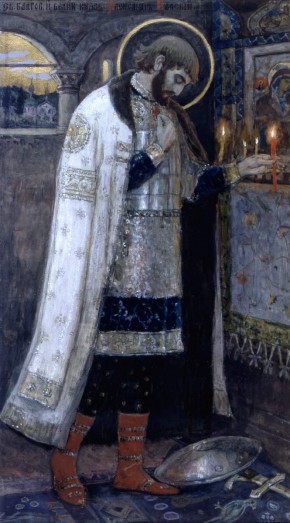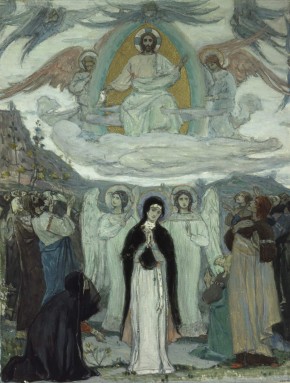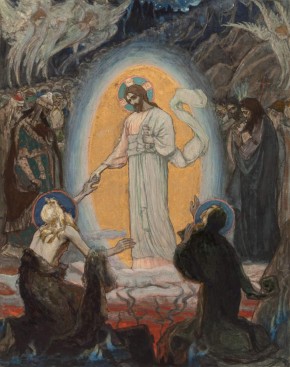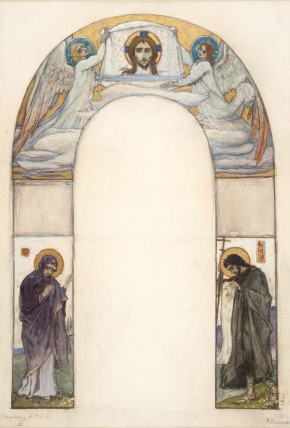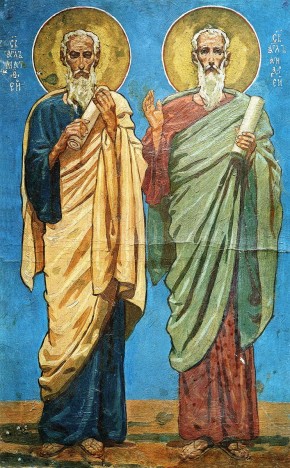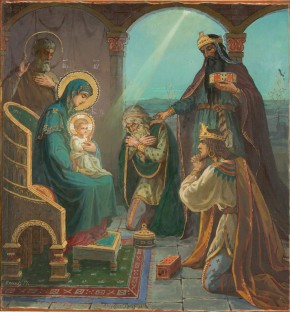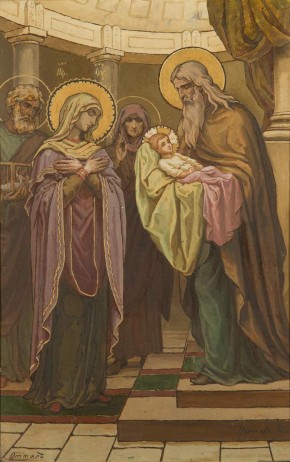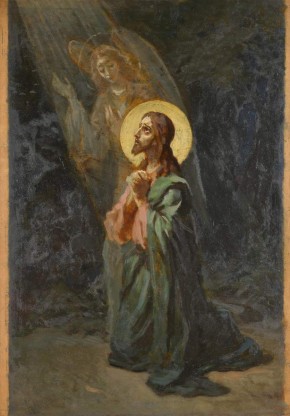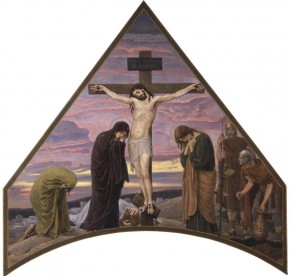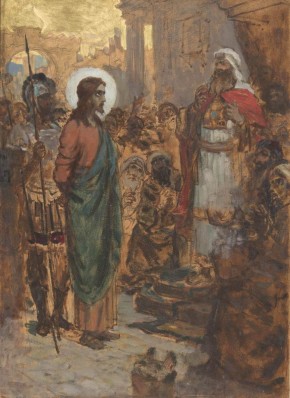Sketches for Mosaics of the Church of the Resurrection of Christ (The Church of the Savior on Spilled Blood)
The Church of the Resurrection of Christ was built by decree of Emperor Alexander III in 1883-1907 on the site of the fatal injury of Emperor Alexander II and received the popular name "Church of the Savior on Blood".
The pinnacle of the Russian style in architecture was the Church of the Resurrection of Christ (the Church on Spilled Blood) in St Petersburg, erected on the site where Emperor Alexander II received his fatal wound. It was designed by architect Alfred Parland and Archimandrite Ignatius of the Trinity-St Sergius Coastal Monastary. The church’s decorative details were not exact copies of older decorations, but were creatively reworked by the architect into an original arrangement. To adorn the façades and interiors, Parland generously used artistic mosaics executed according to original designs by Viktor Vasnetsov, Mikhail Nesterov, and other well-known artists influenced by art nouveau.
